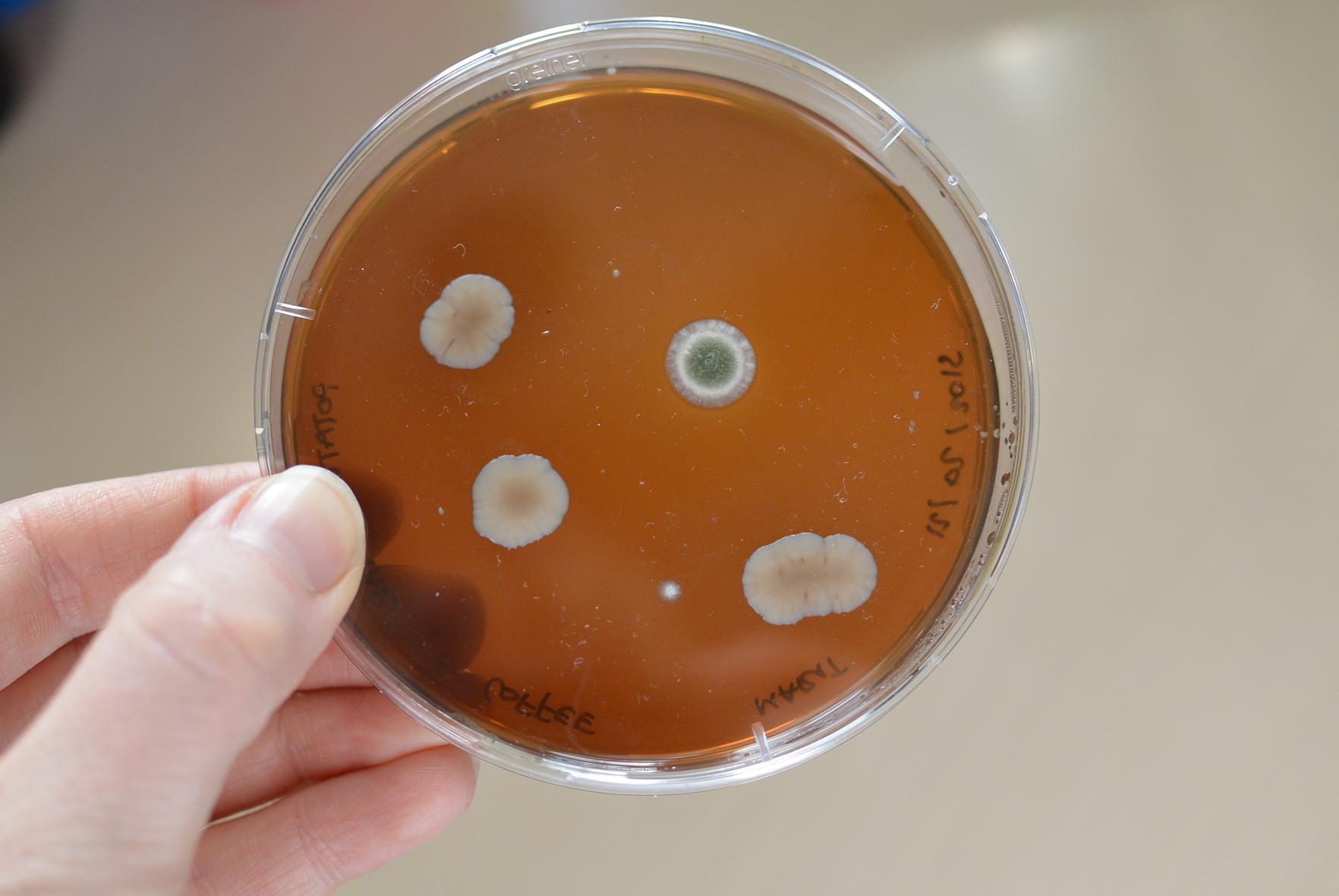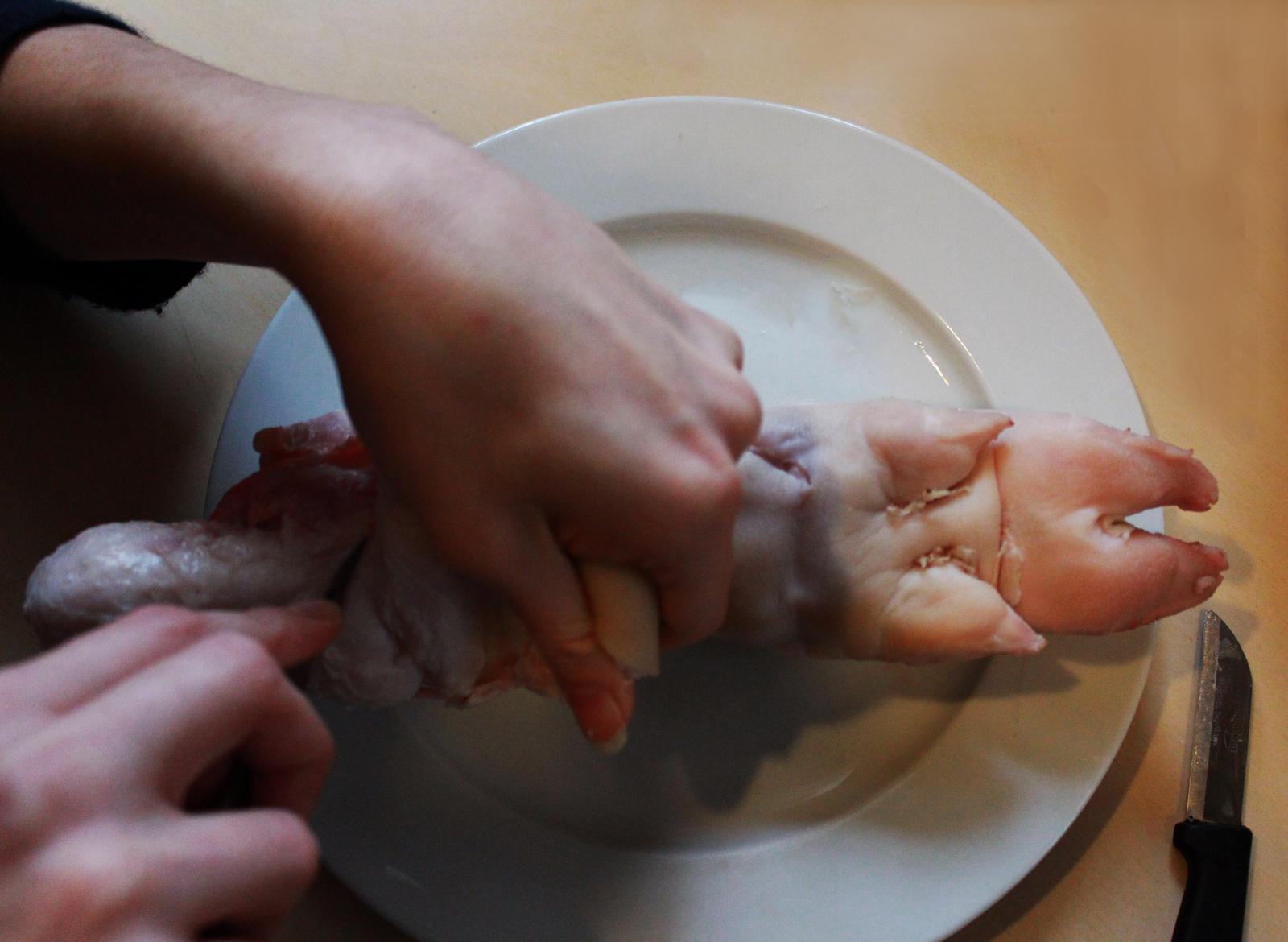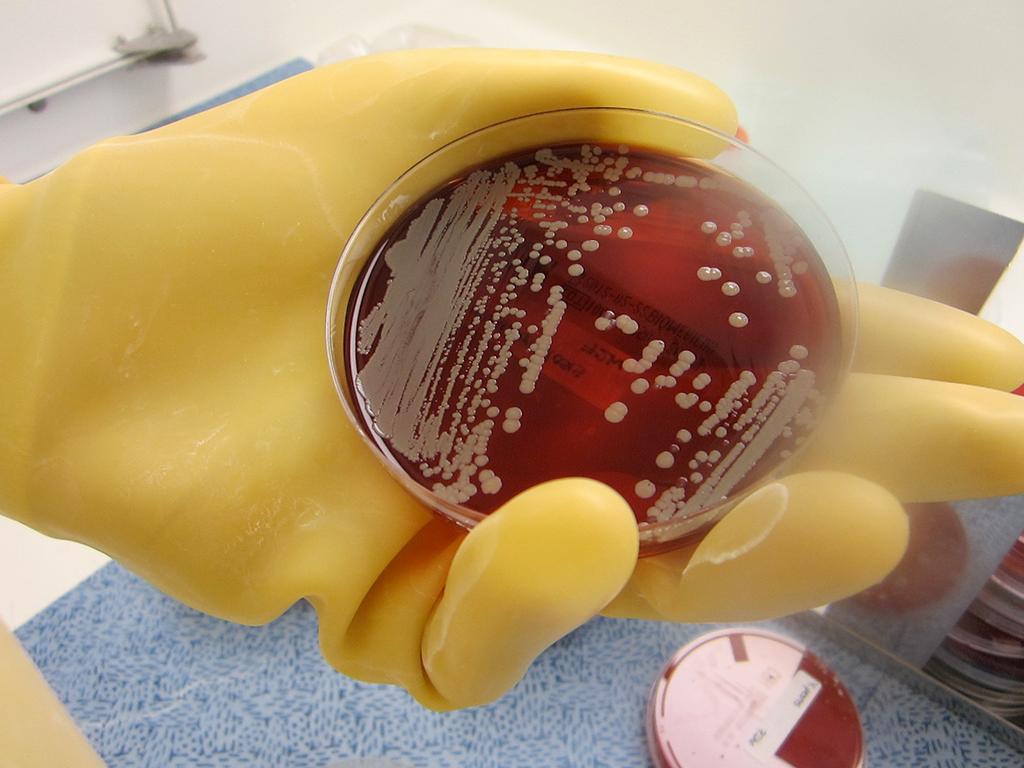Marit Mihklepp (Estonia) was one of the students that followed the 'Life Live, Live Life' bio art course that we gave at the ArtScience Interfaculty of the Royal Academy of Visual Art and the Royal Conservatory (The Hague). She wrote this contribution, that I would like to share with you:
Dreaming of a microbial perfume
- in search for olfactory self-portrait
The most luxurious perfumes are made of ambergris, castoreum, civet or musk. Sounds beautiful and elegant, fuels the imagination.
I could also say: the most luxurious perfumes are made of sperm whale puke (also known as floating gold, being more expensive than gold, smells ocean-like and sweet), beaver goo (gives leathery scent to perfume, also used in raspberry and strawberry ice-cream), civet anal secretions (animalistic, musk-like smell) or the male musk deer's abdominal secretions (sensual, spicy, wood-like smell).
The starting point of my research became this contradiction between the source of the fragrance and the actual smell. Weirdly enough, humans try to hide the smells of our sweat with perfumes made of all those secretions and vomit from other animals.
Bodily odours play a big role in our lives: we feel attracted to each other also because of it, we smell the danger (something is burning) or if food is fresh or not, mixture of some scents could transport us back in time. So smells connect us with non-verbal world: instinctive and imaginary, feelings and memories.
I started to think about my body and the smells it produces. My body odour is mainly caused by skin glands and bacterial activity. From there, I started to wonder if my bacteria could be the next organisms to make my perfume.
Some of the bacteria that are known for recognizable smells:
- Pseudomonas aeruginosa smells like flowers.
- Streptococcus milleri smells like browned butter.
- Proteus bacteria, known for their “sweet, corn tortilla smell”, also responsible for the popcorn scent of the dog’s feet.
- Soil bacteria: Actinomycetes are behind that rich, wet-earth smell that comes after a rain. Vetiver root bacteria enhance aroma of Vetiver oil. It is used in men's colognes.
In the cheese and wine industry, people are working closely together with micro organisms to have particular tastes and smells in their products. A project called “Selfmade” by Christina Agapakis and Sissel Tolaas introduces the idea of cheese made of human bacteria taken from toes, noses and armpits.
As written on Agapakis's website:
"Smells, bacteria, and bacteria that produce smells surround us all the time; chemical detection is an ancient biological communication tool used by bacteria and animals alike. Smells and bacteria are a crucial component in defining, understanding of and orienting in any environment. Many of the stinkiest cheeses are hosts to species of bacteria closely related to the bacteria responsible for the characteristic smells of human armpits or feet. Can knowledge and tolerance of bacterial cultures in our food improve tolerance of the bacteria on our bodies or in other parts of our life?"
Another interesting on-going work by smell expert Sissel Tolaas is “Nasalo,” an alphabet for the nose. We don't have words for odours, we always describe them through metaphors, and there is no good way to capture or store scents. Smells are all around us, but we can't even talk about them.
All of us have their distinctive scents and microbiomes, analogous to our signature or fingerprint. How could I improve the communication with my microorganisms and how would the microbial portrait of my body parts look/smell?
I selected three parts of my body to create an odor map. Perfume experiments in little glass bottles are called “late evening foot”, “after yoga armpit”, “sweet sleep mouth”.
In perfume industry fragrances are mixed with each other to get the perfect balance, I also tried to do something with top, middle and base notes. The next experiments are called “late evening foot in coffee”, “after yoga armpit in green tea” and “sweet sleep mouth in cinnamon”.
In 2012, Swiss scientists made synthetic ambergris, using e coli bacteria. My body has zillions of e coli bacteria, a collaboration between me and my bacteria could result in a form of my favourite smell: Estonian bog in Autumn.


